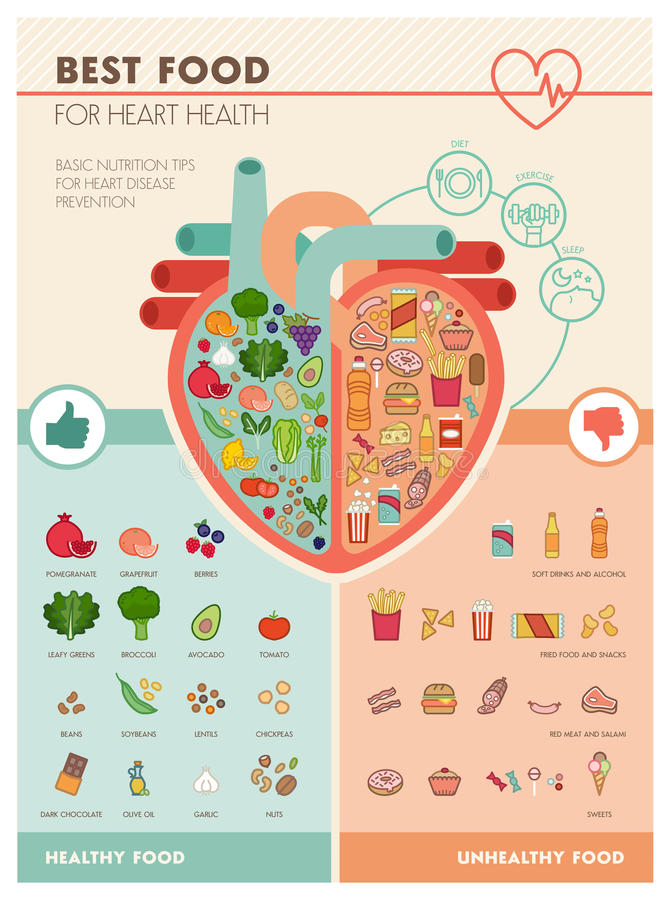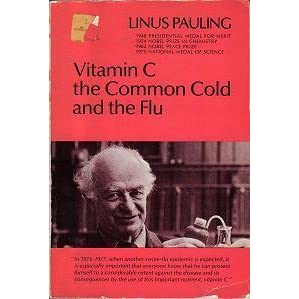
Heart health is a serious concern. There are many healthy foods you could include into your day. In addition to these popular, heart healthy food groups, you may want to check out avocados, tomatoes, and nuts. These foods are high in nutrients like vitamin C and potassium as well as flavonoids, vitamins, vitamin C and folate. The best way to make the most of your fruit is to eat it whole. Tomatoes, for example, are a great source of antioxidants like lycopene and beta-carotene, potassium, folate, and fiber. They are also a good source of antioxidants and have been linked to cardiovascular disease.
Oranges are good for your heart. They are high in flavonoids, which possess antioxidant properties. Flavonoids can lower blood pressure and help prevent atherosclerosis. They are also rich in potassium and fiber. Unless you are allergic to citrus fruits, choose an orange that has a large navel. Avoid heart disease by choosing oranges that don't look too ripe. They have flavonoids that lower blood pressure.
Beans are another healthy food. Studies have shown that beans can lower blood pressure and improve cholesterol. You can find beans in many recipes, including chocolate baked goods and black bean dip. Swiss chard is another leafy vegetable that's good for the heart. The chlorophyll in this vegetable helps regulate blood pressure and cholesterol. It is also rich in fiber, which is good for your overall health. When preparing a banana bread, be sure to use whole wheat flour instead of all-purpose.
Asparagus can be a good source of vitamin A and a potent antioxidant. It can be eaten raw or cooked. However, you will find it tastes even better when you combine it with other fruits in fresh fruit salads. Acorn squash, spinach and cantaloupe are some of the best foods for heart health. Acorn squashes are rich in beta-carotene as well as lutein. They also have high levels of folate and B-complex vitamins.
Berry is another heart-healthy food you can eat. High levels of fiber and antioxidants make it one the most heart-healthy foods. Anthocyanins are found in berries such as blueberries, strawberries, raspberries and others. They lower blood pressure, support blood vessel function, and are especially beneficial for raspberries. Your risk of developing heart disease can be reduced by as much as 15% by eating a cup of these berries every day. These foods are delicious and you can enjoy all the benefits.

Almonds make a great, heart-healthy snack. They are versatile, easy to cook, and delicious. These can be added to yogurt and salad. You can also add them salmon, quinoa, or rice. You can choose to add almonds to your favorite dishes, including salads, yogurt, and a healthy trail mix. You should eat them in moderation. They contain saturated fat and calories and should not be eaten in large amounts.
Legumes are another great heart-healthy food. These include lentils, black-eyed peas, and all types of beans. They contain high levels of fiber, which reduces cholesterol and triglycerides. This lowers the risk of heart disease. In addition, they have low saturated fat content and can reduce cholesterol. Low-fat is the best type of food for heart health.
Apples are one of the most heart-healthy foods. These fruits are rich in fiber and polyphenols, which can prevent heart disease and lower blood pressure. These antioxidants can help lower the risk of heart disease and stroke. If you want to eat an avocado daily, it's best to keep the skin on it, as it contains a lot of beneficial nutrients and fiber. The skin of an apple is the most beneficial part of the fruit.

Omega-3 fatty acids can be found in whole grains. They can lower blood pressure and decrease the risk of developing heart diseases. Popcorn is another good source of whole grains. Air-popped popcorn will help you avoid excess sodium. Float your spoon in it and you'll be surprised at how much goodness you can get from it. While it's hard to imagine what you'll have to do, try to stay away from processed and fried foods.
FAQ
What's the difference between a professional chef and an amateur cook?
A chef prepares food for other people. A cook prepares food for his or her own consumption. A chef, on the other hand, works directly with customers. This means that they can have to decide what food to serve customers based their preferences. A cook doesn't need to interact with clients. Instead, he or she ensures that the food tastes good before serving it to anyone.
Do I need to buy any ingredients to cook?
You don't need to buy every ingredient. Premade sauces can be found in most grocery stores. However, you can save money by buying pre-made meals.
How do I get hired to cook?
Through word-of-mouth, you can find a job to be a chef. People in your circle of friends might know about restaurants that need additional staff. Also, restaurants often advertise openings on bulletin boards and websites.
Statistics
- On average, chefs earn $58,740 a year, according to the BLS. - learnhowtobecome.org
- under 10 Kids have been taught that there is special food just for them, and Fiese says that 10 percent of kids will throw a tantrum if they don't get the food they want. (washingtonpost.com)
- In the United States, the category is estimated at $23.2 billion annually and is growing faster than the market. (washingtonpost.com)
External Links
How To
How to make a perfect omelet
Omelets have always been a favourite food to eat for breakfast. But how do you create them perfectly? I've tried many recipes and different methods but none have worked. So I am sharing some tips and tricks today to help you make fluffy, delicious omelets every morning.
When making omelets, it is important to be aware that eggs can be temperamental. They must be fresh, preferably from the organic market, and be kept cold until cooking. You must keep them cool enough to allow the whites to form properly and the yolks to become too runny if they're not kept at the right temperature. This causes your omelets to look oddly colored. If you intend to cook your eggs immediately, it's best to use room-temperature egg.
You can also separate the egg before you add it to the pan. The yolk and white should not be mixed together as this can cause the omelet's curdle.
The egg can burn if it is placed directly on the stovetop. Instead, put the egg in the microwave for 10 seconds before putting it into the pan. The microwave heat cooks your egg just right, without it becoming too soft.
Next, let's discuss mixing the eggs. When you mix eggs together, you want to beat them well. You can do this by turning the bowl of your mixer upside down. Next, shake the bowl vigorously. By doing this, the egg is thoroughly mixed with the air in the bowl.
The fun part is now - adding the milk to the mixture. Mix half of the milk with the eggs. Then fold the eggs in half into the remaining milk. You don't need to worry if streaks remain. They will disappear once you flip your omelet.
After folding the eggs, place the pan on medium heat and wait for the oil to start sizzling. Add 1/4 cup butter to the oil and swirl it around to coat all sides of the pan. Carefully open the pan's lid and add salt to the pan. The salt will help to prevent the omelet's sticking to the pan.
Once the omelet has formed completely, cover the pan and let it set for a few minutes. Flip the omelet by using a spatula. Cook the opposite side for another minute. Remove the omelet from the pan and serve immediately.
This recipe works best when you use whole milk.